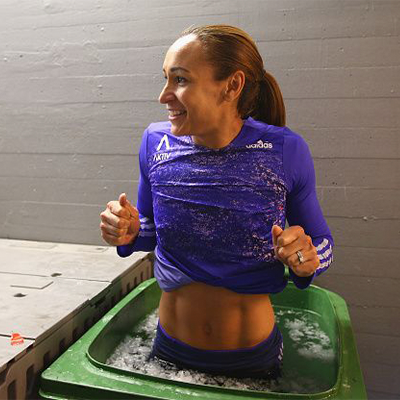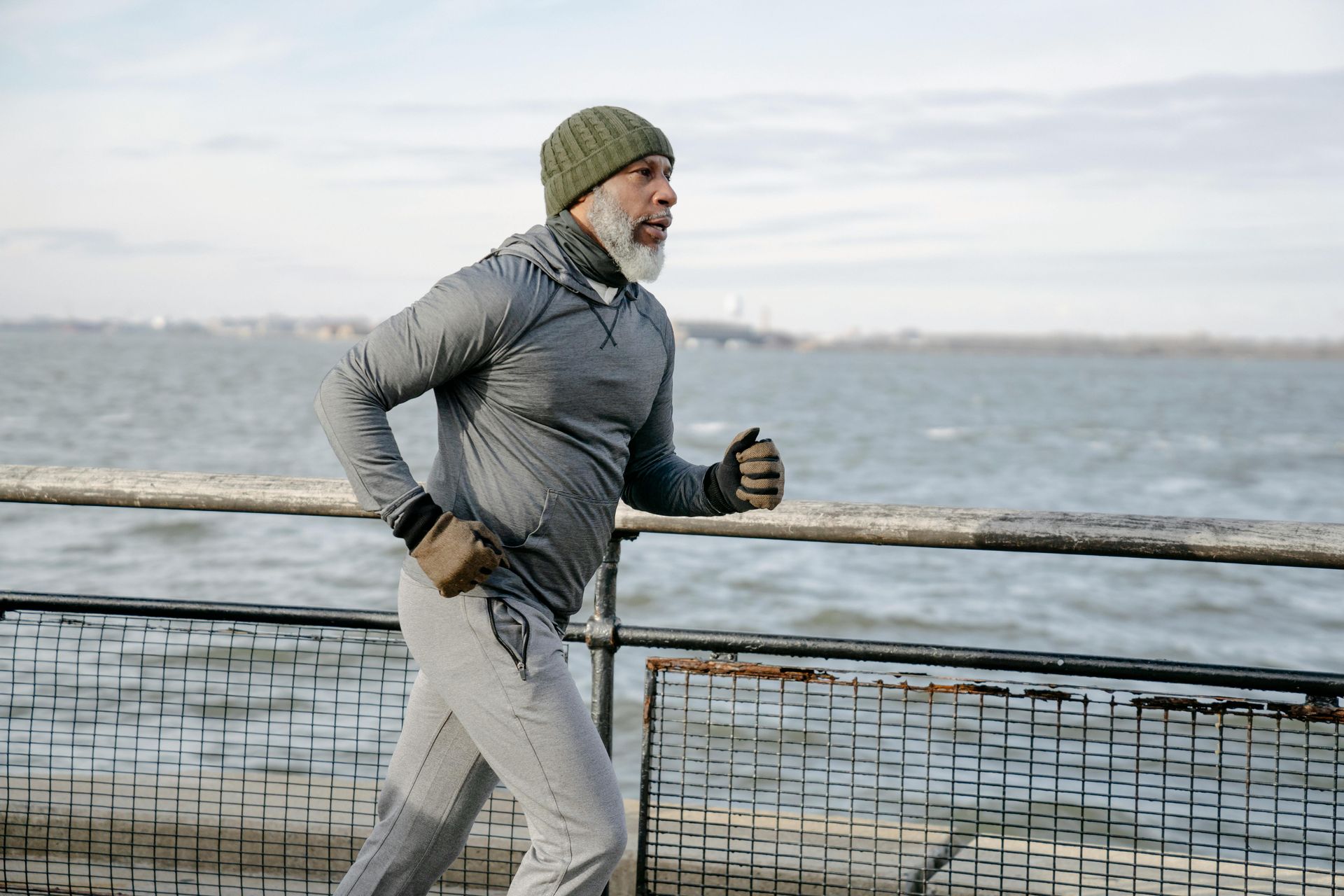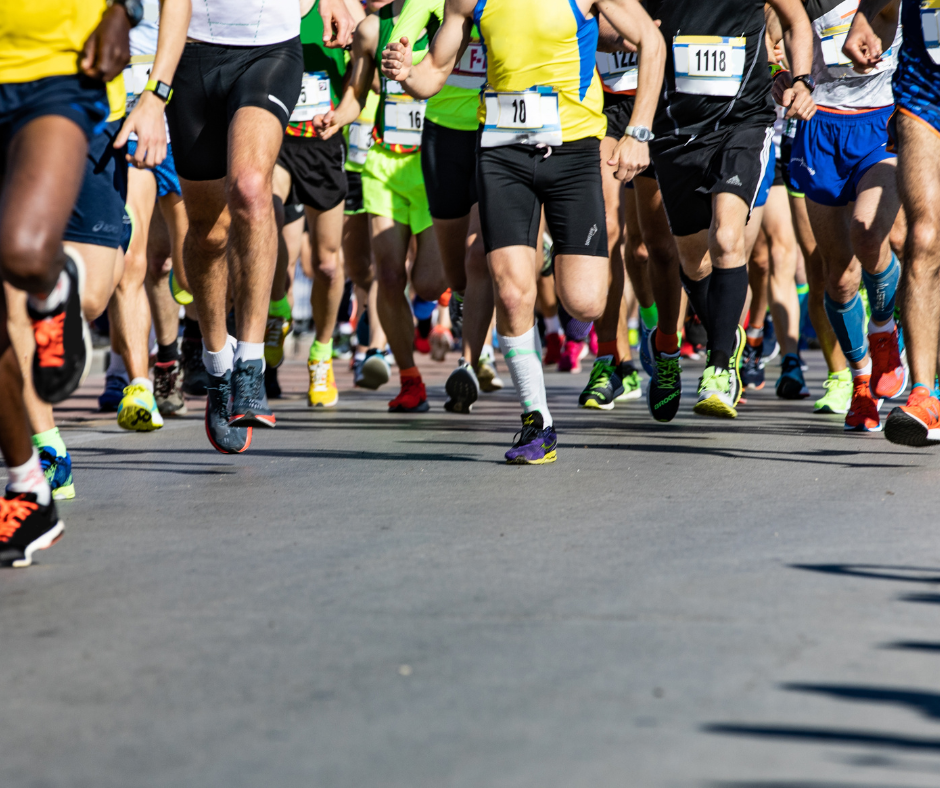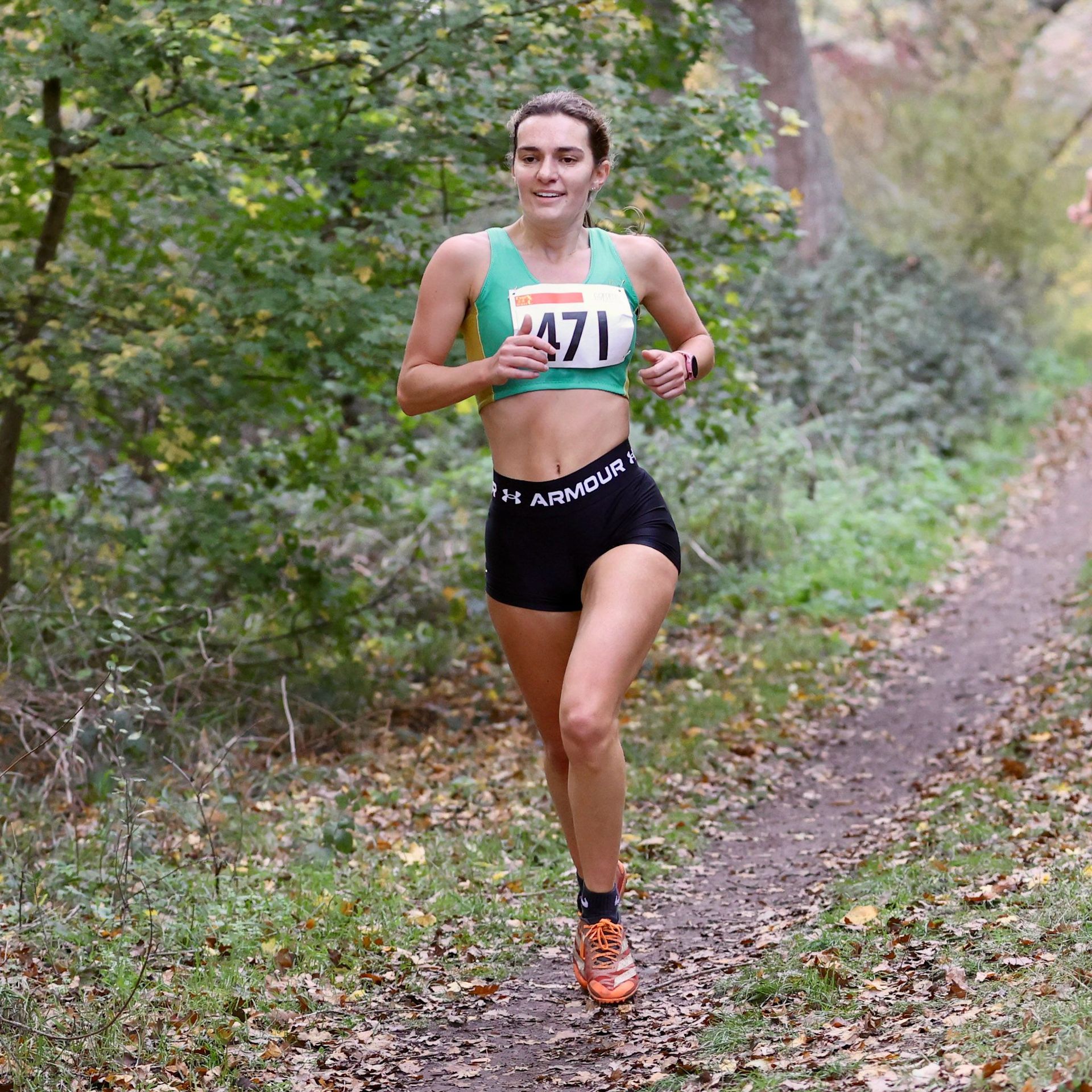Ice Baths! Do they help ?
Ice baths after exercise have been popular with athletes for some years now, from Mo Farah to Andy Murray to whole rugby teams. More recently Wim Hof ‘The Ice Man’ has been increasing his popularity and working with celebrities on TV. I listen to patients talking about Joe Wicks and the ice bath he has in his garden. So what are the benefits and how does it work?
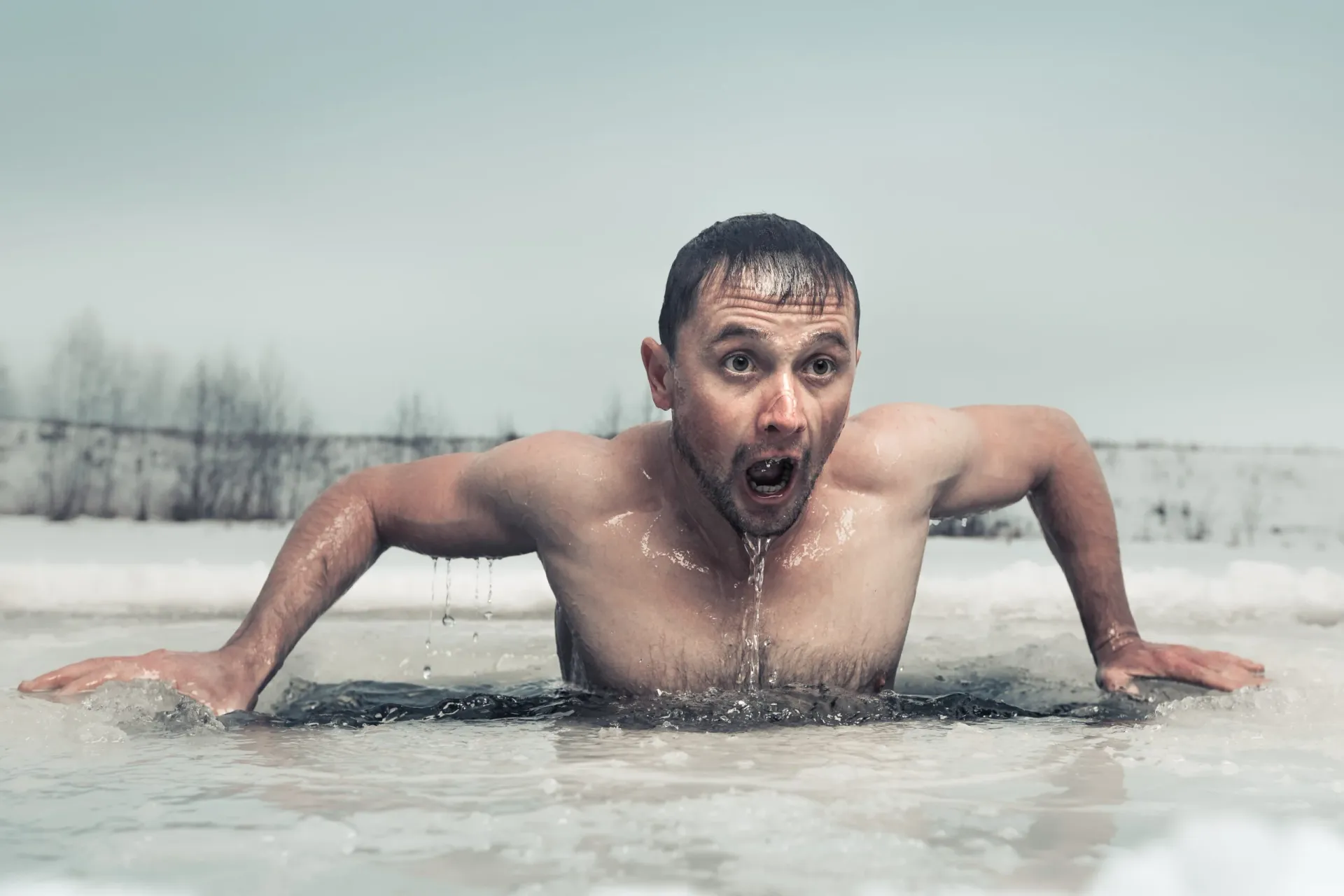
How does an Ice Bath help ?
Cold Water Immersion (CWI) is commonly used as a procedure to relieve pain symptoms, particularly in inflammatory diseases, injuries and overuse symptoms. In sports medicine, CWI has gained wider acceptance as a method to improve recovery and reduce the delayed onset of muscle soreness (DOMS)
CWI can be classified by immersion in water <15 °C, and has been suggested to have an effect on reducing some biological markers of muscle damage and inflammation. However, despite the large volume of research performed in this area, the effectiveness of its use is not clearly established.
In some studies CWI resulted in significantly greater improvements in muscle soreness, reporting a significant effect in favour of CWI at four time points (24, 48, 72 and 96 hours).
When comparing whole body immersion (WBI ) and partial body immersion (PBI) modalities for perceived soreness, athletic performance, and muscle damage in healthy individuals and athletes. Both modalities induced similar effects on muscle performance, soreness and damage, without any significant difference between them being reported in the literature. Considering these findings, we are not able to conclude that the hydrostatic pressure physiological mechanism considered in the WBI application can induce any significant differences. Therefore, one could choose WBI or PBI and expect similar treatment effects.
Cold application, in the case of immersion, seems to modify hydrostatic pressure and decrease the ability of sensory transmission and thus reduce acetylcholine release, influencing the pain threshold. Similar effects were observed on perceived soreness in both WBI and PBI strategies, suggesting that the approach chosen should consider compliance and logistics?
In some studies CWI had a stronger effect on muscle soreness (DOMS) after running based exercises, and was less effective when used after resistance exercises Muscle soreness commonly results after sports and exercise activity. A priority for physiotherapists and athletes is to encourage full recovery between exercise bouts using an effective intervention programme. A large Cochrane review provides some evidence that cold‐water immersion reduces delayed onset muscle soreness after exercise when compared with passive interventions involving rest or no intervention.
CWI does not appear to be harmful and does not induce general or specific negative effects in athletes.
So if you are planning on taking the plunge, it is recommended to immerse yourself in a temperature of around 15 degrees for between 5-10 minutes to start with. If you are not so keen on this, it is suggested that cold water baths in a temperature around 24 degrees are as good and perhaps better, than ice baths? Don’t forget that a nice active recovery may be as good as cold water immersion for your recovery post exercise.
References
Klaus Porto Azevedo, 1 Júlia Aguillar Ivo Bastos , 1 Ivo Vieira de Sousa Neto, 2 Carlos
Marcelo Pastre, 3 and Joao Luiz Quagliotti Durigan 1,* Different Cryotherapy Modalities
Demonstrate Similar Effects on Muscle Performance, Soreness, and Damage in Healthy
Individuals and Athletes: A Systematic Review with Metanalysis
J Clin Med. 2022 Aug; 11(15): 4441.
Chris Bleakley 1 , Suzanne McDonough, Evie Gardner, G David Baxter, J Ty
Hopkins, Gareth W Davison
Cold Water immersion for preventing and treating muscle soreness after exercise
Cochrane Database Syst Rev. 2012 Feb 15;2012(2):CD008262.
Banfi G., Lombardi G., Colombini A., Melegati G. Whole-body cryotherapy in athletes. Sports
Med. Auckl. N. Z. 2010;40:509–517.
Leeder J., Gissane C., van Someren K., Gregson W., Howatson G. Cold water immersion and
recovery from strenuous exercise: A meta-analysis. Br. J. Sports Med. 2012;46:233–240.New Paragraph

